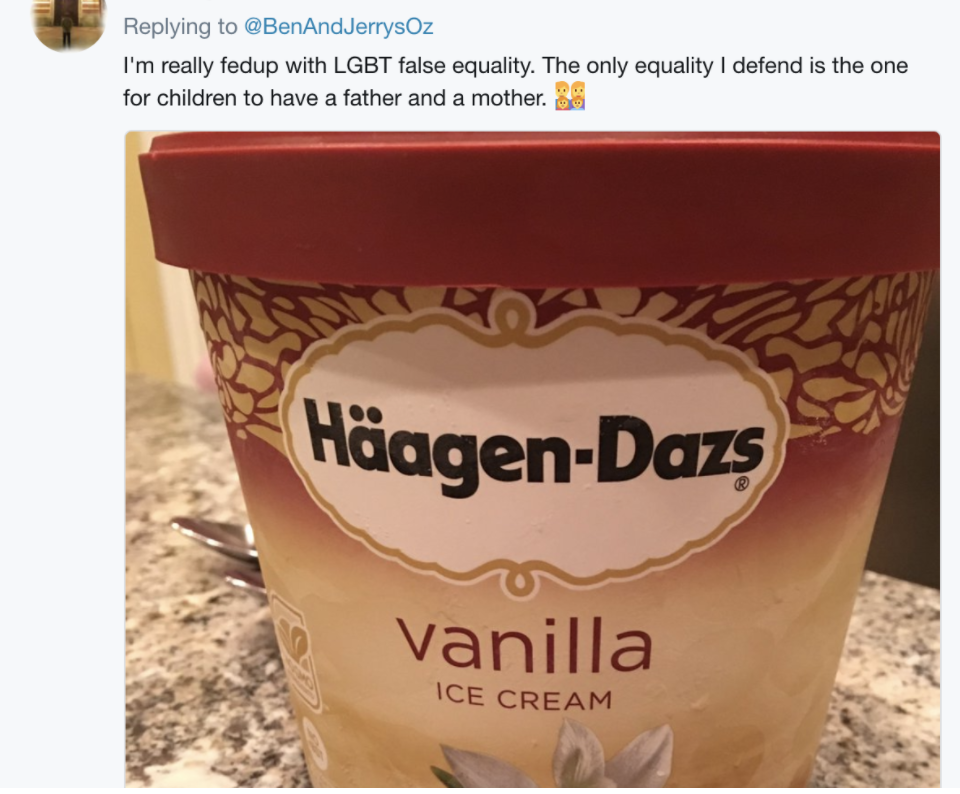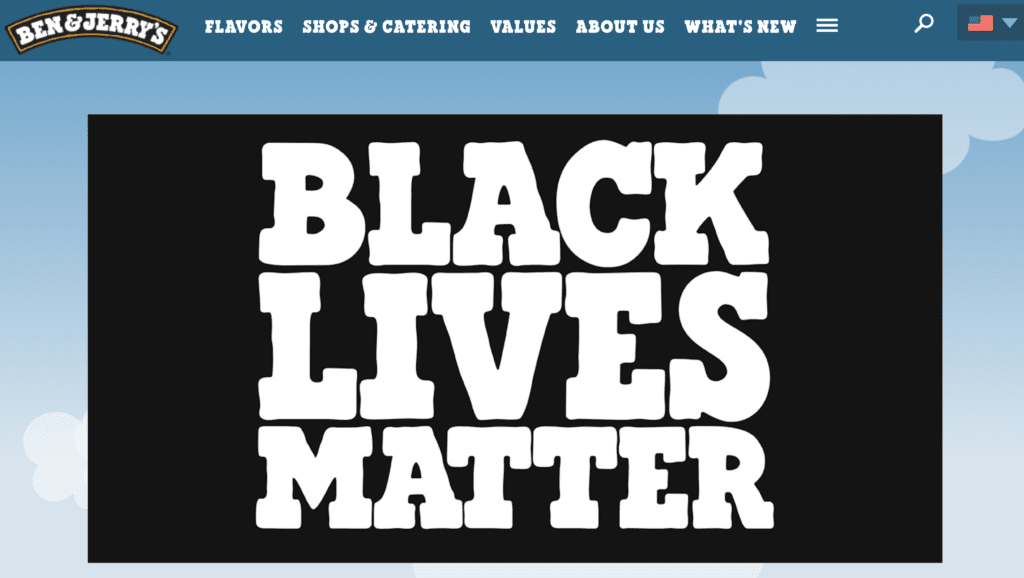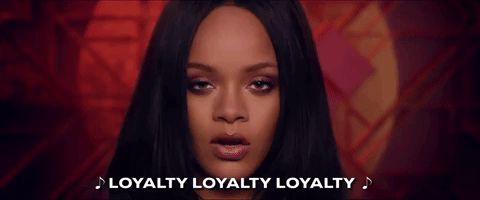Stay woke.
You may have heard someone say this aloud or you may have seen it referenced on social media, but what exactly does it mean?
Put simply, it means being aware of current affairs and things happening throughout the world that are unjust.
With access to 24/7 news, there is more information being shared and consumed than ever before. It’s easier than ever to learn about what’s happening in Flint. It’s easier than ever to hear about a mass shooting seconds after it happens. It’s easier than ever to get educated on topics that were once swept under the rug because there were no cell phones to record injustice.
Thanks to social media and technology, information is being spread faster and people whose voices were once overlooked are able to rise through the noise. Thus, you’d actually have to go out of your way not to hear, see or read about whatever is happening in the world today.
As a result of this reality, people are becoming more and more interested in social causes, righting the wrongs of the past and supporting brands who’s values align with their own.
Take a look at these stats from Cone Communications:
92% of consumers say they have a more positive image of a company when the company supports a social or environmental issue.
Gen Z sees their wallets as the primary way to get engaged in CSR efforts, with nine-in-10 (90%) saying they would buy a product with a social or environmental benefit.
Or this take from Cause Good:
42% of North American shoppers would pay extra for products and services from companies committed to positive social and environmental impact.
Brands are now being encouraged and rewarded for showing their customers who they really are and what values they align with. But it wasn’t always this cut and dry…
How The Internet Changed The Realities Of Brand Wokeness
In every business school, there’s typically a class all about CSR (Corporate Social Responsibility). CSR describes how a business’ operations are measured and evaluated in terms of its social, environmental and economical activities. While being corporately responsible is not a new thing for organizations, the invention and continual evolution of social media has compounded its necessity.
Don’t get me wrong, a good news story reported through traditional media (I’m talking newspaper, television and radio) has has always made a decent amount of waves, but the impact was so much different before the internet came along.
Think back to the early 2000s and the scandals of Enron or Martha Stewart. These stories began back in 2003 and 2004 respectively, at a time when Facebook, Twitter and iPhones were in mere thought stages, but many people were still talking about these stories and sharing their opinions around the dinner table.
Now fast forward to present day “reporting” of the Me Too movement, various riots, injustices, shootings and anything to do with American politics and there’s just no comparison. The discussions start online, continue in the office, float into the evenings and kick off again during weekend activities. The flood of news and content is creating a more informed & enraged public.
If you caught my quotations there in the previous section around “reporting”, that was to signify that anyone and everyone is now a “reporter”. According to Pew Research Center, as of February of this year, 95% of Americans own a mobile phone— 77% of those being smartphones. Globally, there are nearly 5 billion people with cellphones, and median smartphone ownership in developing nations continues to climb.
With almost anyone having a recording device on them at all times, we are now seeing more and more videos popping up showcasing unprovoked police brutality, racial profiling in major clothing stores, and customer service issues on airplanes. These videos are able to be recorded and shared live, in real-time, for the world to see within seconds.
When that happens, people rally.
People are outraged and people demand action.
It’s then on the company or institution in question, or its affiliates, to apply damage control while under the watchful eyes of millions.
Consider the recent dialogue around March For Our Lives and what happened when Fox News reporter, Laura Ingraham, chose to make fun of Parkland shooting survivor, student David Hogg, for his college rejections. It didn’t take long for David to track down the top advertisers of the anchor’s program and make a public call for action:
Pick a number 1-12 contact the company next to that #
Top Laura Ingraham Advertisers
1. @sleepnumber
2. @ATT
3. Nutrish
4. @Allstate & @esurance
5. @Bayer
6. @RocketMortgage Mortgage
7. @LibertyMutual
8. @Arbys
9. @TripAdvisor
10. @Nestle
11. @hulu
12. @Wayfair— David Hogg (@davidhogg111) March 29, 2018
And what were the results of that plea?
We’d like to confirm that we are no longer advertising on Laura Ingraham’s show and are monitoring all of our ad placements carefully.
— hulu (@hulu) March 29, 2018
And Hulu wasn’t alone.
Over a dozen of The Ingraham Angle’s advertisers have since pulled their ads.
That’s the power of the internet and social media.
That’s the power of the people.
And for the brands who would rather not wait for some controversy or backlash to ensue, a wide range of digital marketing networks are offering filtering measures so brands can say where they would and would not like their ads to appear. For example, Google Adwords allows you to exclude specific websites, apps and videos, or general categories from ad placements.
Technology today gives brands a chance to position themselves ahead of the curve by vocalizing their stance on matters from the beginning and ensure that they don’t get petitioned because of where their ads may reside.
The Rise Of Brands Promoting Their Wokeness
In a world where more people have a voice, more brands are being strategic with who they align with and what stories they support. The challenge that many brands face is ensuring that when they take a position of being Woke; it doesn’t completely miss the mark:
When I look at the brands who have stood up for something without receiving MASSIVE backlash from both sides; it’s the brands who don’t create a marketing campaign around their actions and have injected cause related efforts as a part of their DNA since the start.
People don’t want brands that capitalize on a crisis with an ad.
People want brands to take a stand against something and take on a bit of risk.
An example of a brand doing exactly this is DICK Sporting Goods who made a statement amid the gun reform debate by vowing to stop selling adult-style rifles and taking it on themselves to raise the minimum age for purchasing a gun at any of their stores:
We deeply believe that this country’s most precious gift is our children. They are our future. We must keep them safe. Beginning today, DICK’S Sporting Goods is committed to the following: https://t.co/J4OcB6XJnu pic.twitter.com/BaTJ9LaCYe
— DICK’S Sporting Goods (@DICKS) February 28, 2018
Some people hated it.
Some people loved it.
And therein lies the risk you take of being a Woke Brand.
When Gucci made a donation to March For Our Lives, they issued this statement:
We stand with March For Our Lives and the fearless students across the country who demand that their lives and safety become a priority. We have all been directly or indirectly impacted by these senseless tragedies, and Gucci is proud to join this movement with a donation of $500,000.
Some people hated it.
Some people loved it.
Marc Benioff, CEO of Salesforce, is another person who has never shied away from offering his support to a number of movements like, again, the current debate over gun violence:
Motivated to join the many who are passionate about the safety of all kids and I’ll give $1M to March For Our Lives. Together all of us can make children’s health and safety our number one priority. Join us and March on March 24th. https://t.co/rhw9h92mck
— Marc Benioff (@Benioff) March 14, 2018
Or the controversy surrounding the Confederate Flag a few years back:
I agree @MittRomney: Take down the #ConfederateFlag at the SC Capitol. To many, it is a symbol of racial hatred. Remove to honor victims.
— Marc Benioff (@Benioff) June 20, 2015
Or when he decided to cancel all Salesforce programs that required customers & employees to travel to Indiana after Mike Pence signed a law that permitted businesses to turn away LGBT customers. Similar to what happens with all the previous examples of brands taking a stance and showing what they believe in:
Some people loved it.
Some people hated it.
But wokeness in business isn’t new.
Ben & Jerry’s is an example of a brand that has been Woke before being Woke was cool. Back in 1989 Ben & Jerry’s was the first major employer in Vermont to offer health insurance to domestic partners of employees, including same sex couples. And in 2017 they banned two scoops of the same flavour in its 26 Australian stores as part of a push for marriage equality:
We’re banning any same-flavour love in the fight for #marriageequality! Join us by signing petition to get Australia moving. pic.twitter.com/DV5MHOrCsZ
— Ben & Jerry’s Oz (@BenAndJerrysOz) May 25, 2017
Again…
Some people cheered them on.
Some people hated them for it.
But that’s not where it ends for Ben & Jerry’s.
They’ve addressed topics like racism in articles like 7 Ways We Know Systemic Racism Is Real, and the topic of climate change in The Faces of Climate Justice. They’ve written an open letter describing why the Black Lives Matter movement is important:
And they’ve even turned their famous Chubby Hubby ice cream into Hubby Hubby to celebrate the announcement of marriage equality:
The Benefits Of Being A Woke Brand
Today, if you want a customer to stay loyal to your brand, you have to make them believe in you and everything that you represent. You have to give them a personal touch that radiates through the sale. You’re no longer selling an item, you’re selling your team and you’re selling an idea. The people and team behind a brand are no longer separate from the brand itself—they are one in the same. Transparency has never been more important and relevant.
If you can figure out how to achieve that consistently throughout your messaging, you’ve uncovered the key. It may seem contradicting that more giving can lead to more sales, but that’s just how the cycle works.
In 2016, Patagonia, the outdoor clothing and gear company, decided to give all of their Black Friday profits away to environmental groups working to combat climate change. The buzz around this decision drummed up $10 million in sales—that’s a 300% increase in sales over the year prior. CEO, Yvon Chouinard said:
“It cost us a bunch of money because it was total revenue. But 60 percent of the customers were new buyers. Sixty percent. It was one of the best business things we’ve ever done.”
As the old saying goes, if you do good things, good things will happen.
Taking such a stance, however, can be scary to think about. You’re going to have your critics, but how you handle them just needs to be a part of your plan.
Some people wonder what ice cream has to do with racism or what makes anyone in the NBA qualified to chime in on gun reform. Here’s a great response from the Sacramento Kings to people advising athletes to “stick to sports” and “shut up and dribble”:
Accountability. We Are One. #StephonClark pic.twitter.com/123y5etYdE
— Sacramento Kings (@SacramentoKings) March 25, 2018
Keep in mind the idea here is to be genuine.
You can’t fake the wokeness. You can try, but sooner or later the truth comes out. Shall I refer to the now infamous Pepsi ad featuring supermodel Kendall Jenner, where the soda brand tried to appear woke with their take on how protesting can be saved with a soda?
*cricketz*
Additional benefits to your organization include recruitment and competitive advantage.
Millennials, according to this UNC report, will make up the majority of the workforce in just two years’ time. And what is it that these young workers value the most in a potential employer? Rather than money, it’s the culture, the CSR and forward-thinking ideas that tops their list of needs. In fact, they’d rather take a pay cut than work for a company that conflicts with their own belief system.
When someone agrees to come work for you based on your culture and value system, that’s a good indication you’re building a loyal and lasting relationship.
And finally, if you’re the one among your competitors addressing the important issues, and doing it right, that leaves you with a clear competitive advantage. You don’t necessarily need to be first, as Heineken, another popular beverage company, demonstrated in the aftermath of the failed Pepsi ad mention above; you just need to be better.
Wrapping This Up
Companies, who used to have to think only about creating a product or service, and marketing and selling that product or service, are now being forced to make social, political and human decisions and statements in order to keep their customers and attract their target.
There’s an old saying that brands want to be people and people want to be brands.
In today’s landscape, this has never been more true. Brands have been granted their wish and will be judged like people for the things they stand up for and the things they stand up against.




